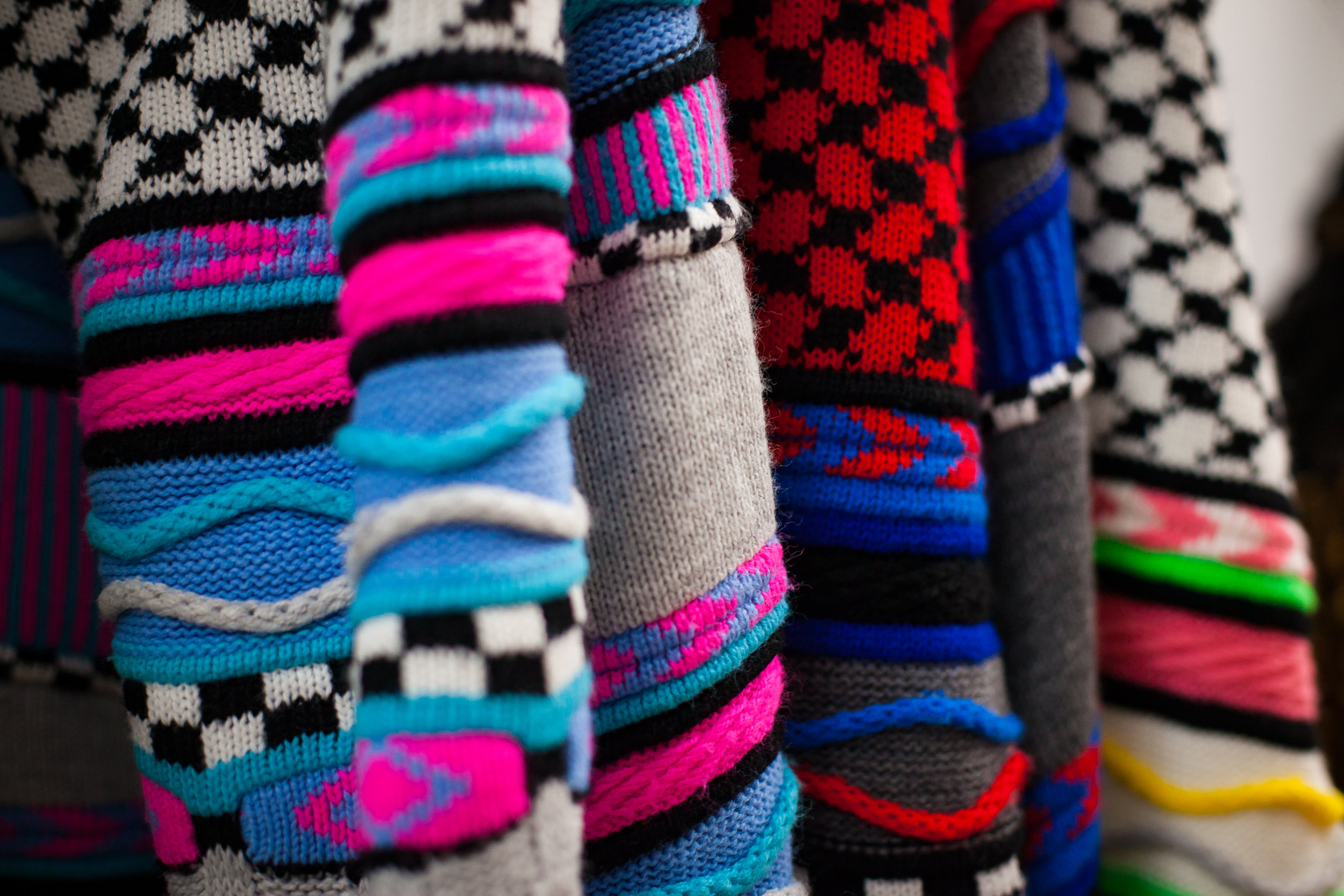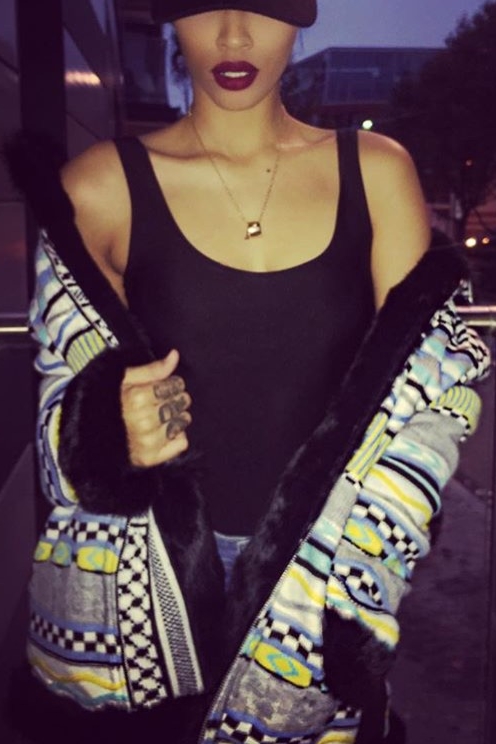WORDS: Yahdon Israel PHOTOGRAPHY: Christian Torres
Ainy Naim was nine years old when she decided that she wanted to work in fashion. The decision could be credited to a documentary she watched on the English fashion designer Vivienne Westwood. To believe it was the glitz of the fashion world, or the glamour of Westwood's life, that made Ainy's eyes glisten with ambition is to undermine what it means to come face to face with your fate. Ainy didn't need glitz, glamour, nor glitter to see the gold in witnessing an idea begin in someone's mind and end up on another person's body. The madness of it all.
Born in Karachi, Pakistan, where she lived for the first seven years of her life until her family permanently settled in London, Ainy spent much of her childhood figuring out how to answer her own question of becoming a fashion designer. Because, as Zora Neale Hurston points out, "there are years that ask questions and years that answer," Ainy's answer would come over a number of years; in many parts.
Here's the few parts I have: one was her traditional Muslim upbringing which made her the only Muslim-Pakistani girls in her school in a Jewish neighborhood. Fortunately, her being "the only one" didn't lead to Ainy becoming a social pariah. It instead put her close enough to difference to see the similarity. Another were the sights and sounds that taught her English and introduced her to American culture. Hip-hop and the television shows A Different World, and The Cosbys deepened her informal education of a world that wasn't hers but also gave her the acute understanding that a culture didn't necessarily have to be "yours" to be touched by it.
The most crucial part to Ainy's answer arrived in 1998 when she was accepted to the prestigious Central Saint Martins Art School in London. It was a cultural institution that educated its students that they were to do more than create, they were to make a difference. Ainy internalized this message, allowing it to inform her aesthetic. She graduated in 2002 with a degree in fashion marketing, and then brought her sensibilities to styling, taking any and every job that she could hold of, and dressing the likes of Basement Jaxx, Duffy, and Katy Perry. Still styling was but an introduction to who Ainy really was. This is what led her to creating ANZ, a clothing line featuring a unique collection of luxury knitwear, in 2014.
Finding one of the best and oldest factories in knitwear, Ainy gave them her idea. It was something that would communicate everything that touched her, everything that helped her become the person she envisioned since she was nine. She wanted an unstructured cardigan, no buttons. Something to throw on that’s colorful with an 80s vibe, imbibed with her heritage. Like Westwood, she sketched it, sent it to them, and when they produced it, Ainy could only say three words: “This is it!”
"It's not possible," Vivienne Westwood says, "to have intelligence unless you a bend towards the unorthodox." Brilliant about ANZ is its inclination to wear on our sleeves those things in our lives that make us weird, eccentric and just a tad bit odd. A visit to her Instagram page puts you in her world, enabling the understanding that no madness is without its method. Her page also provides context as to why Ainy's designs can make anyone, from Cam Newton to Swizz Beatz, go mad. We met up with Ainy at her studio in the Garment District to talk about her first make, how styling informed her eye as a fashion designer, and how not being afraid to lose our minds can be the best way to find sanity in this crazy world.
What was the first thing you remember making?
The first thing that made me feel confident was this project at college. Everyone was so good. I was a newbie. And I was obsessed David Hockney, who’s an artist. It was based on swimwear so I designed a pair of shorts that was digitally printed and it was for men. It had like dudes swimming, like David had his swimming people all over. I had my own girls swimming under water all over the trunks. So when you’re under water, the shorts sort of blend in.
There was a sexuality behind it—women swimming all over a man’s shorts. Plus, Shorts were boring in those days. I figured, "let me get the prints and the colors and the camouflage as well. Let me bring some fun to this!" And I won that project.
Why do you do what you do?
I need to be creative. I’ll get very frustrated when I’m not. Even when we’re done with a particular collection, I still continue with illustrations because I have to be creative. Otherwise I get bored, or depressed. For me, whatever’s in my head I’m putting on paper. If I’m not putting it on paper, it just stacks in my head and I go a bit crazy. It gives me pleasure. It really does.
I’m about fantasy as well. That’s where I’m from. Pakistanis are into the elements of fantasy. So everything is slightly kind of trippy, and surreal. And I want to see that. I want to see something different, so I create it.
My dream was never about someone famous wearing my clothes. It was to be sitting somewhere and seeing some random person, who doesn't know me wearing something I created. When someone wears one of my sweaters, they always tell me how they're complimented and how great those compliments make them feel. It makes me feel good to know that I've created something that adds color to their lives.

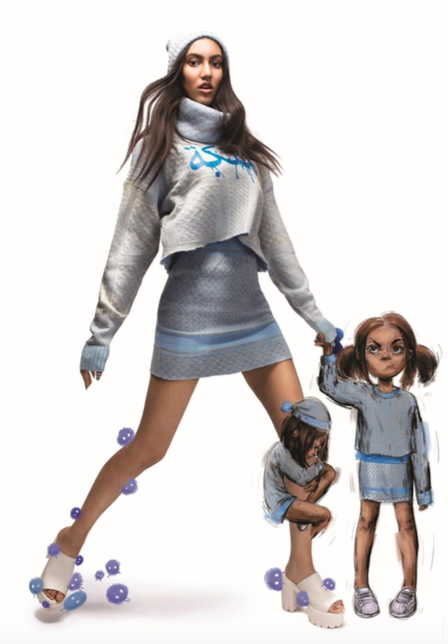
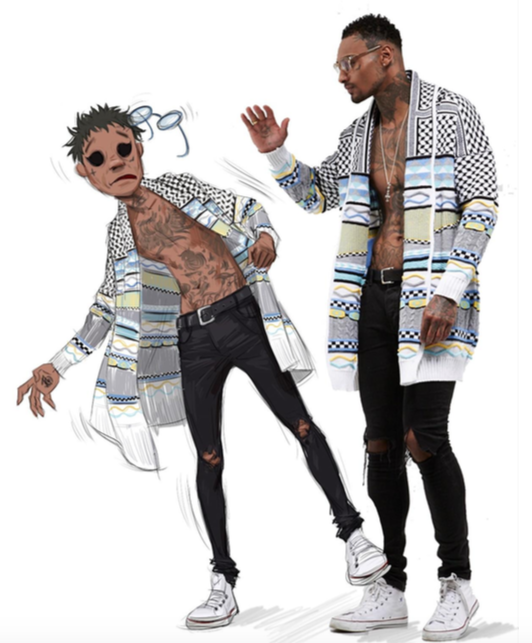
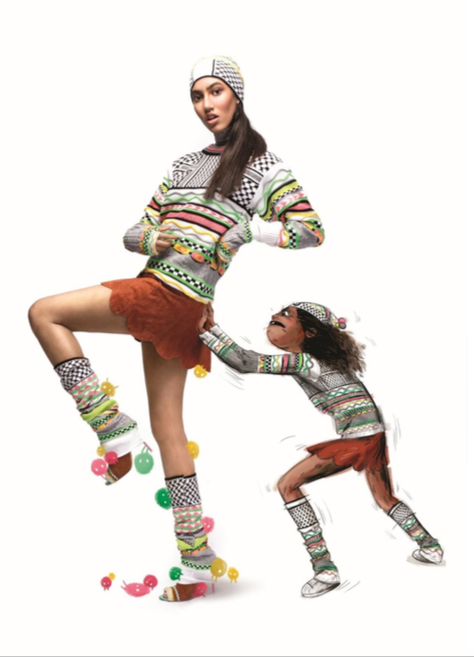
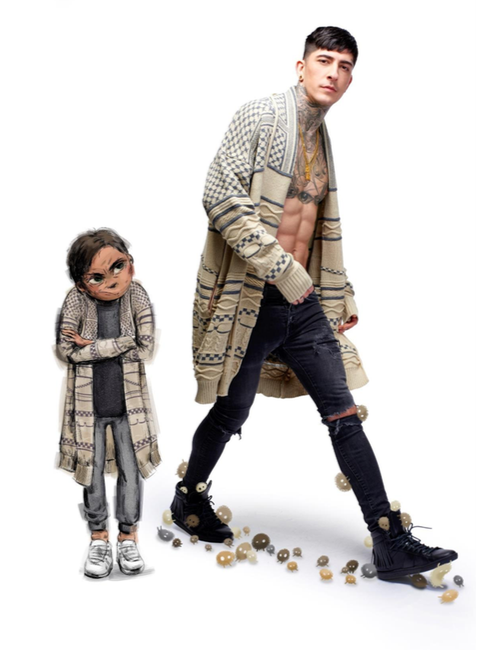
How do you decide what you're going to make?
I went to a school where we were taught you’re supposed to make a difference. To make that difference you have to take risks, especially in garments. With everything I do, I ask myself what can be done to push things forward. What haven't I seen that I want to see in the world?
It also depends on what’s significant in my life at the time. If I’m going through something, which I always am—everyone is—I try to channel that energy. Even this line came from something that happened that was quite negative and I said, “I’m going to put everything into this.” That’s why I think of this line, in many ways, as my child. It really was the birth of me doing the thing I always wanted to do and be the person I was meant to be. It was important to me to execute this line the way I wanted and not be controlled by anyone.
You sort of need the restrictions when you’re just starting out but when you’re ready to go out on your own, it can stifle you. I was told by people that the colors were wrong, that I should have more that one style, all these negatives. And I usually listened to those things. But this was the first time ever where I was just going to do what I wanted to do.
Your sweaters gives people permission to do certain things—try more colors, get a bit unstructured, have fun. Designers are a significant part of how people learn to think about the possibilities of their own bodies. Where do you draw your inspirations from?
I try to go back to where I got my influences. I was marching at one of the protests aand there was a rabbi marching next to me. It was a beautiful moment and that's the message I wanted to show. With all the fighting that's happening around the world, I got fed up with the negativity towards the Middle East and Muslims. I wanted to show the positive. That there was more to our culture than what people see.
When we were at this factory in Lester, England, there was a conversation about how we were going to fuse my ideas into the knitwear. Something not too obvious about the cultural element of the "Keffiyeh," a traditional Middle Eastern headdress, but I wanted the heritage to be there. I also wanted to acknowledge the music and shows that had a major impact on me when I came to England in the 90s—A Different World, The Cosby Show, Hip-Hop. These sweaters are my way of showing those vast and various influences.
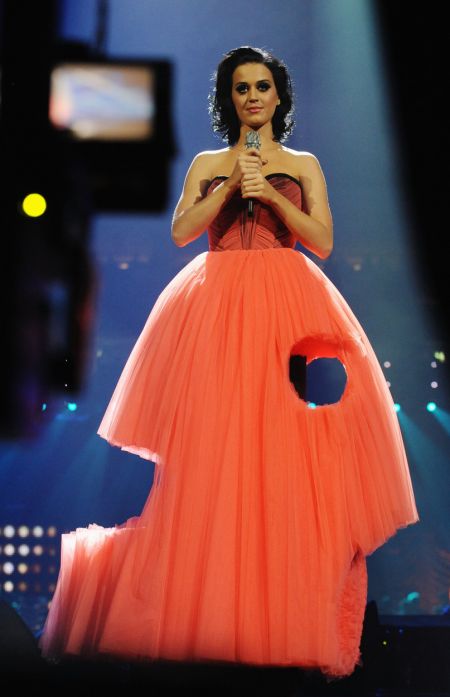
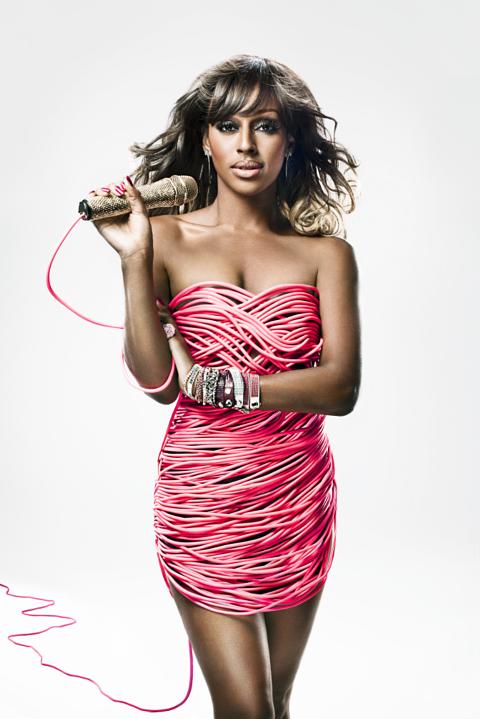
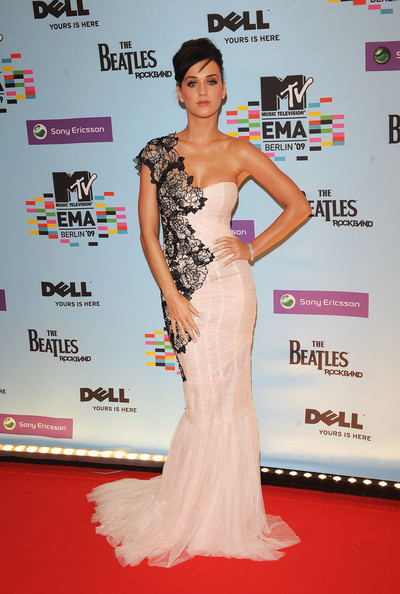
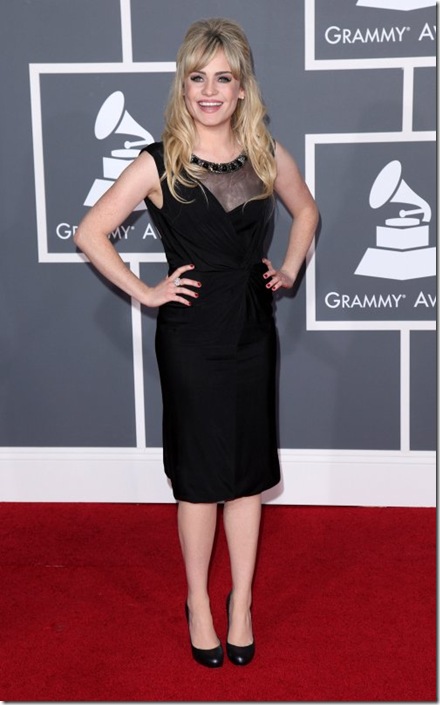
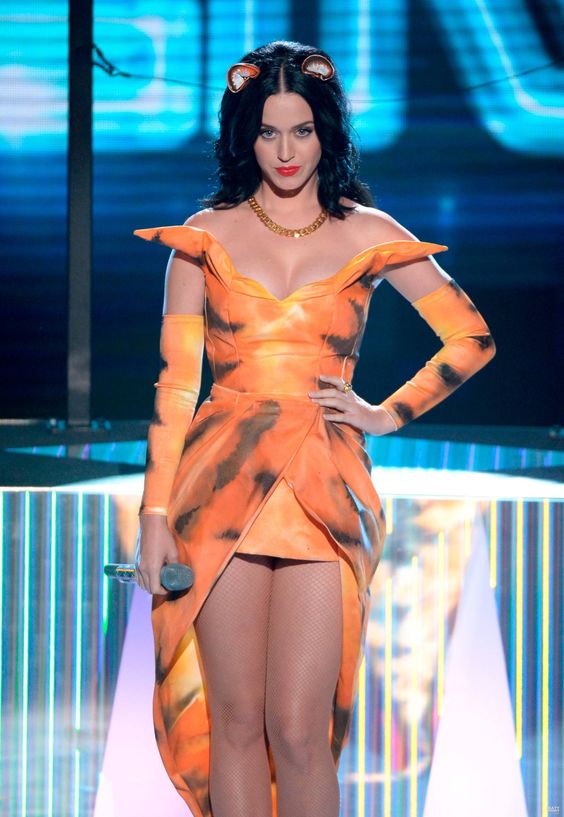
Let’s talk about how your styling informs your designing. What did you love about styling?
It’s fantasy. Like dressing a Barbie Doll, and I loved my dolls. Still do. Styling gave me a way to create towards concepts that brought a different reality to life. Because of this I can only work with people I’m really passionate about. People I can vibe with.
Styling for me is more than just dressing an artist. It’s about understanding something about that person that no one else sees and helping to bring that out. That’s one of the reasons I loved working with Katy Perry. We did this Viktor and Rolf dress for MTV with the holes through it. That’s what I love about styling for her. How often do you get to do that?!
Katy changed a lot for me as a stylist. We first worked together in 2005. And after so many years, she brought me back to work with her again. Then one time she asked me to do a dress for her. She gave me two days to do it. It was for a television show. It was a Barbie inspired dress. She was a big reason as to why I felt I could do my own line.
When I first started, I would just grab things. Now I know what they’re going to pick. I get very frustrated with myself if I get it wrong. Cause it’s personal.
What do you wish you would’ve known sooner as a maker?
The business and trust elements. Just make it about your business. It is all about your work. I feel like we’re in a generation that’s on this quest for fast fame, without necessarily doing anything. I think we need to use our tools to be recognized—and I’m very careful now with the type of energy and people I surround myself with. The energy has to be right. It has to be positive; and I have to be able to learn things from the people I’m with because you never know enough.
My thing is just being careful with business. Not running too fast; taking slow steps; trusting who you know; building your core team. You need your team to keep you together. I didn’t do that before.
What’s the last thing you made?
I’m working on this fur coat right now, that’s still in production but a lot of it is going to change with the execution. But this is new territory for me as well. The new knitwear is going to give you this old cigar jacket feel. The madness is in our sleeves. Then the fur I’m doing is kangaroo and the knitwear is lined inside.
What have you learned about yourself and others through what you make?
Confidence. I used to deny myself, a lot. I used to really not be sure in what I can do. That’s why I’m so headstrong about this line. It’s everything I ever wanted to do. I was very quiet and scared. Just me as a person. I wasn’t the cool kid. I was always over calculated about what I did. It was that insecurity as creative. And that’s why I wanted to take a risk.
When our first sweater came back from Lester, I didn’t need to worry anymore because this was what I was going to do. People were like, what’s your strategy. It’s going to flow from this. Everyone has an idea, it’s the execution that matters. If you can execute your idea with confidence, you will have success.
And if there's anything I've learned about people is that they’re risk takers. People who I would’ve never thought would wear my clothes are wearing them. It’s crazy.
MakersFinders is a digital platform that connects independent makers to passionate finders.
We have an app in private beta. We publish stories. We host events. And provide quarterly grants for our community of Makers and Finders.
Our team is dedicated to cultivating and connecting communities across various industries and cultures.








